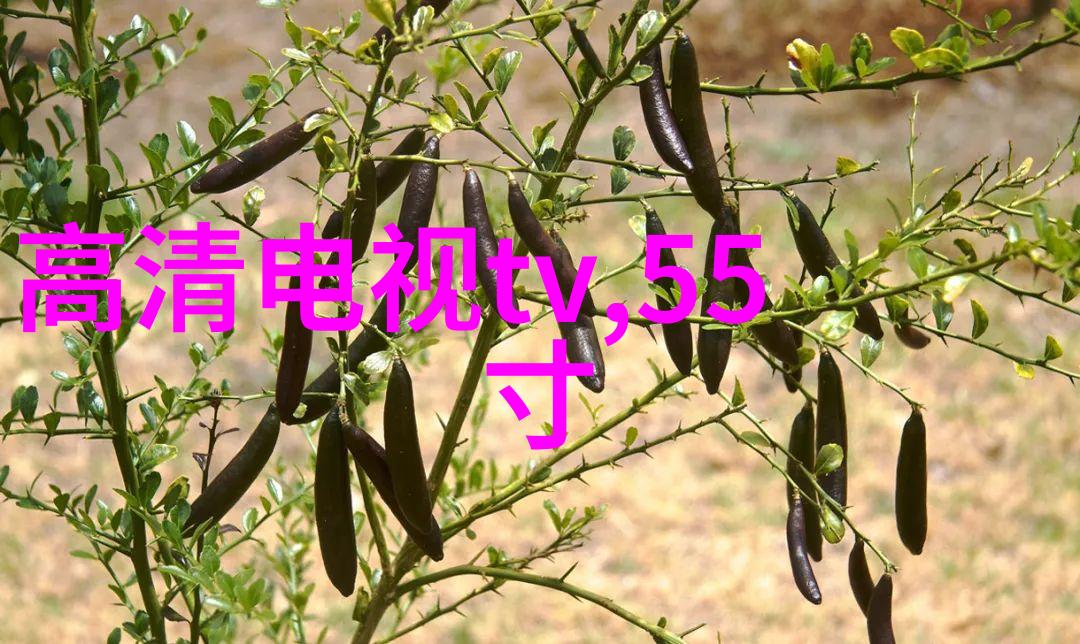
桥梁工程-跨越时空现代桥梁建筑的艺术与科技融合
跨越时空:现代桥梁建筑的艺术与科技融合

在人类历史的长河中,桥梁一直是连接人们、城市和自然景观的重要纽带。从古代石拱桥到现代高架路桥,每一座桥梁都承载着时代的印记和工程师们智慧的结晶。今天,我们将探讨现代桥梁工程如何通过技术创新和设计艺术,实现了前所未有的跨越。
首先,让我们来看一个典型案例——中国南京市的一座名为“五爱大桥”的双层立体交叉式公路总计长约2.5公里。这座橋不仅解决了南京市内交通拥堵问题,更以其独特的设计赢得了“世界最佳新建道路”奖项之一。在施工过程中,采用了先进的地基桩深度达到了30米以上,并且使用了大量预应力混凝土,以确保结构稳定性。

除了技术上的突破,还有许多现代桥梁工程凸显出对环境保护意识的大幅提升。比如,在澳大利亚悉尼附近的一个海岸线上,有一座名为“悉尼海港大橋”的悬索桥,它是一种绿色建筑,因为它采用了一种叫做"生态系"材料,这些材料可以减少碳排放,并且能够吸收二氧化碳。
此外,一些新的材料也被用于建设更坚固耐用的bridge,比如加强混凝土(High-Performance Concrete, HPC)。这种材料结合了超塑料骨架和普通混凝土,可以提高结构承重能力,同时降低成本并减少维护需求。此举不仅节省资源,也延长了bridge寿命,使其成为未来可持续发展的一个标志。

然而,modern bridge construction also faces challenges such as cost-effectiveness, environmental impact and the need for innovative designs to meet the demands of growing populations and urbanization. For instance, in Japan's Nagasaki Prefecture, a new bridge was built that is designed to withstand powerful earthquakes while minimizing visual disruption to the surrounding landscape.
In conclusion, modern bridge engineering has made tremendous progress in terms of technology innovation and artistic design. With advanced materials and cutting-edge construction techniques, bridges not only serve as vital transportation links but also become symbols of human ingenuity and architectural artistry. As we continue to push boundaries in this field, it will be exciting to see what future generations have in store for us – perhaps even bridges that can heal themselves or generate their own energy!




